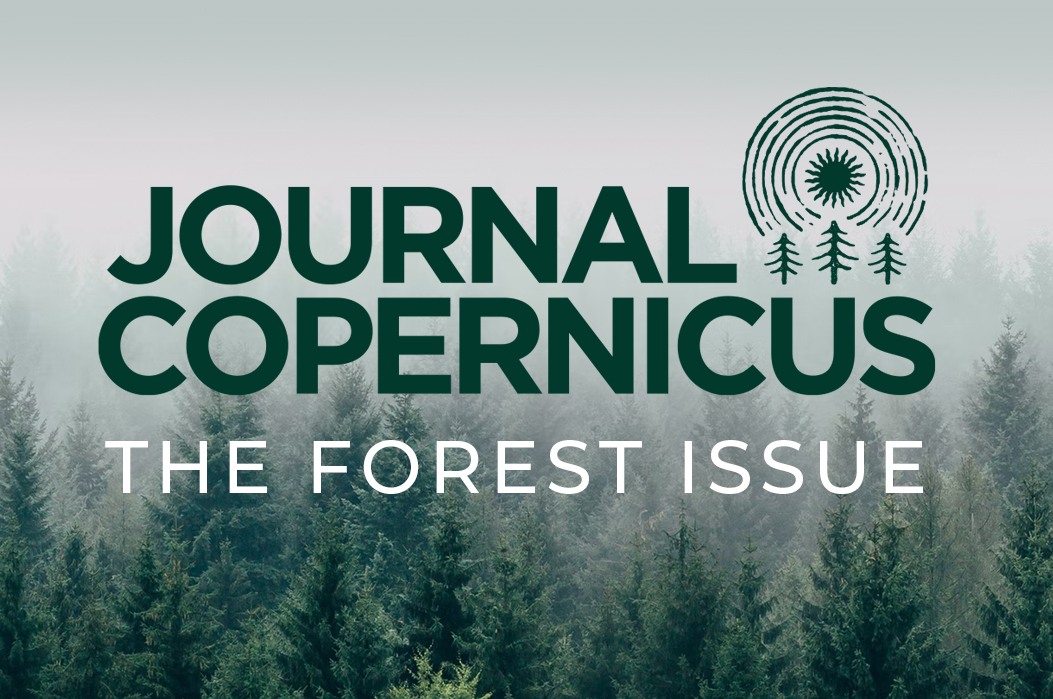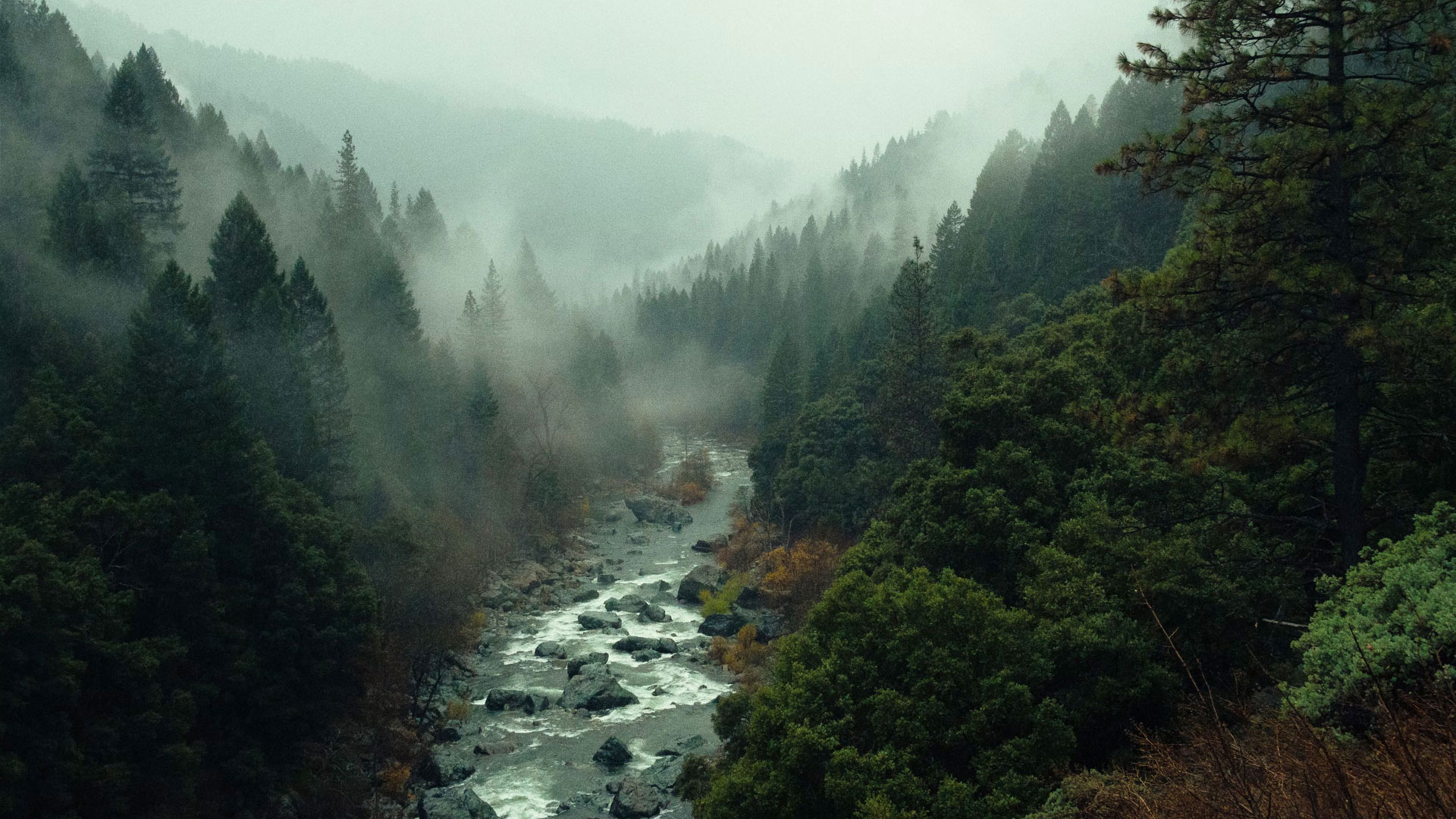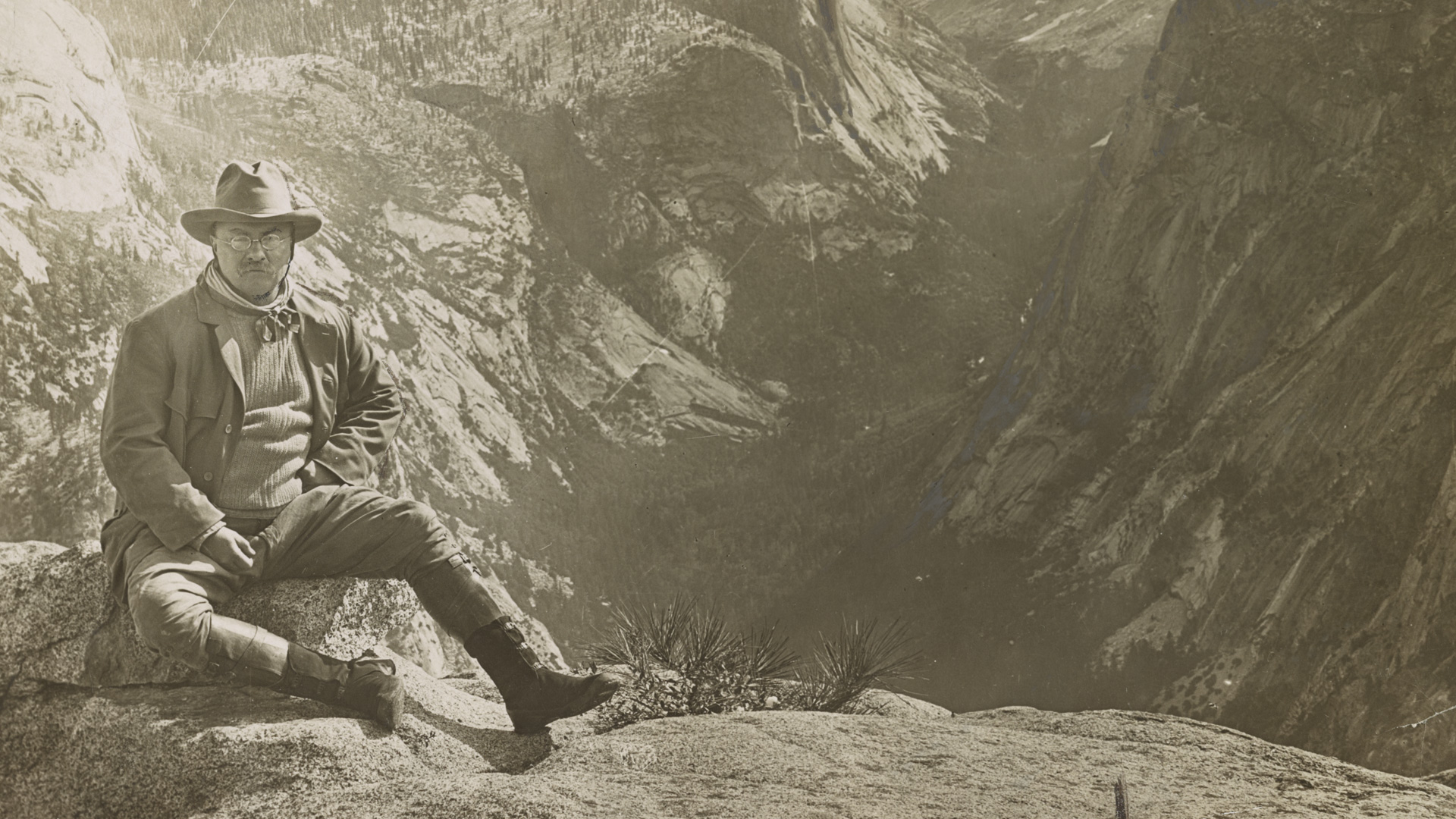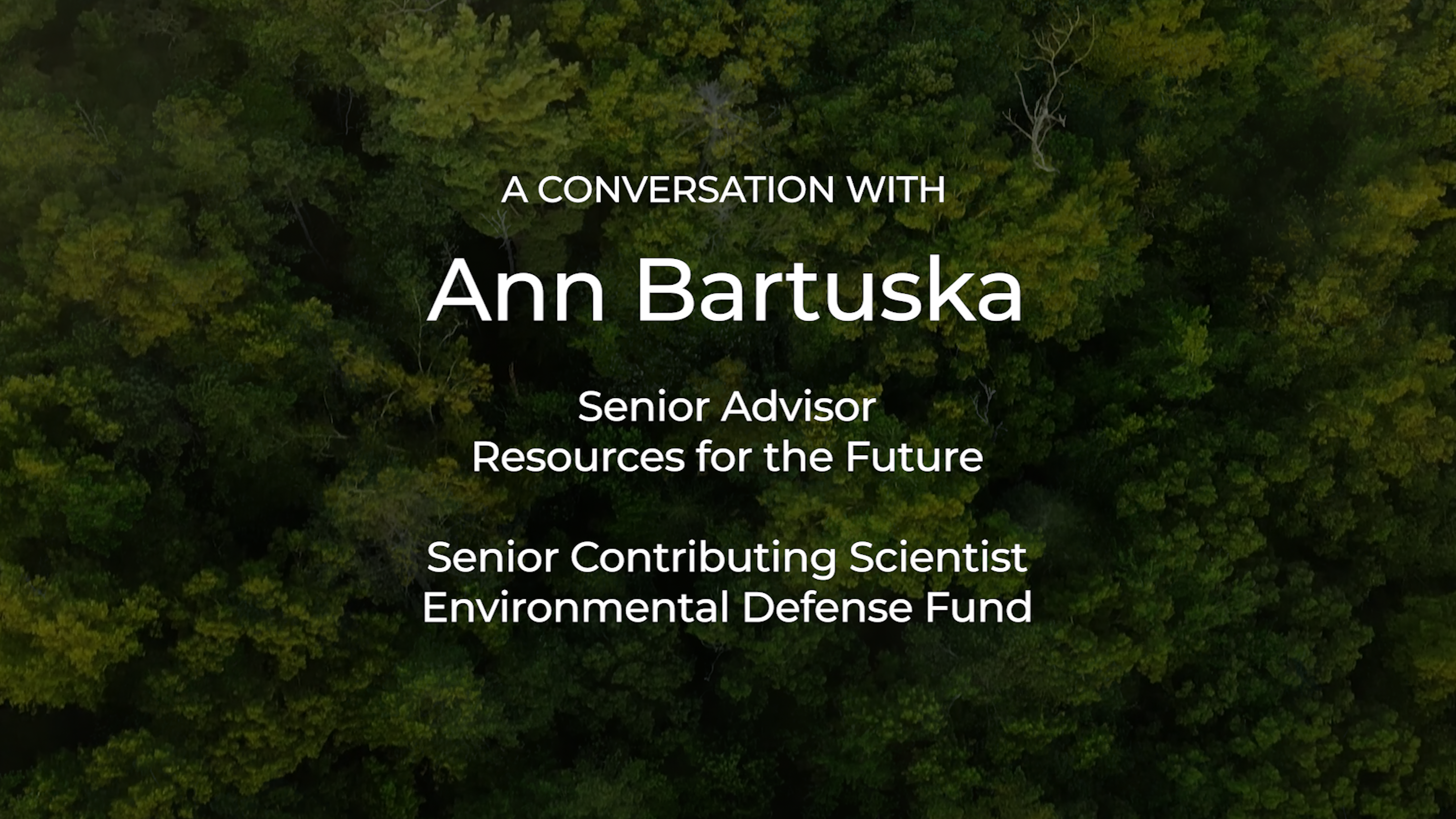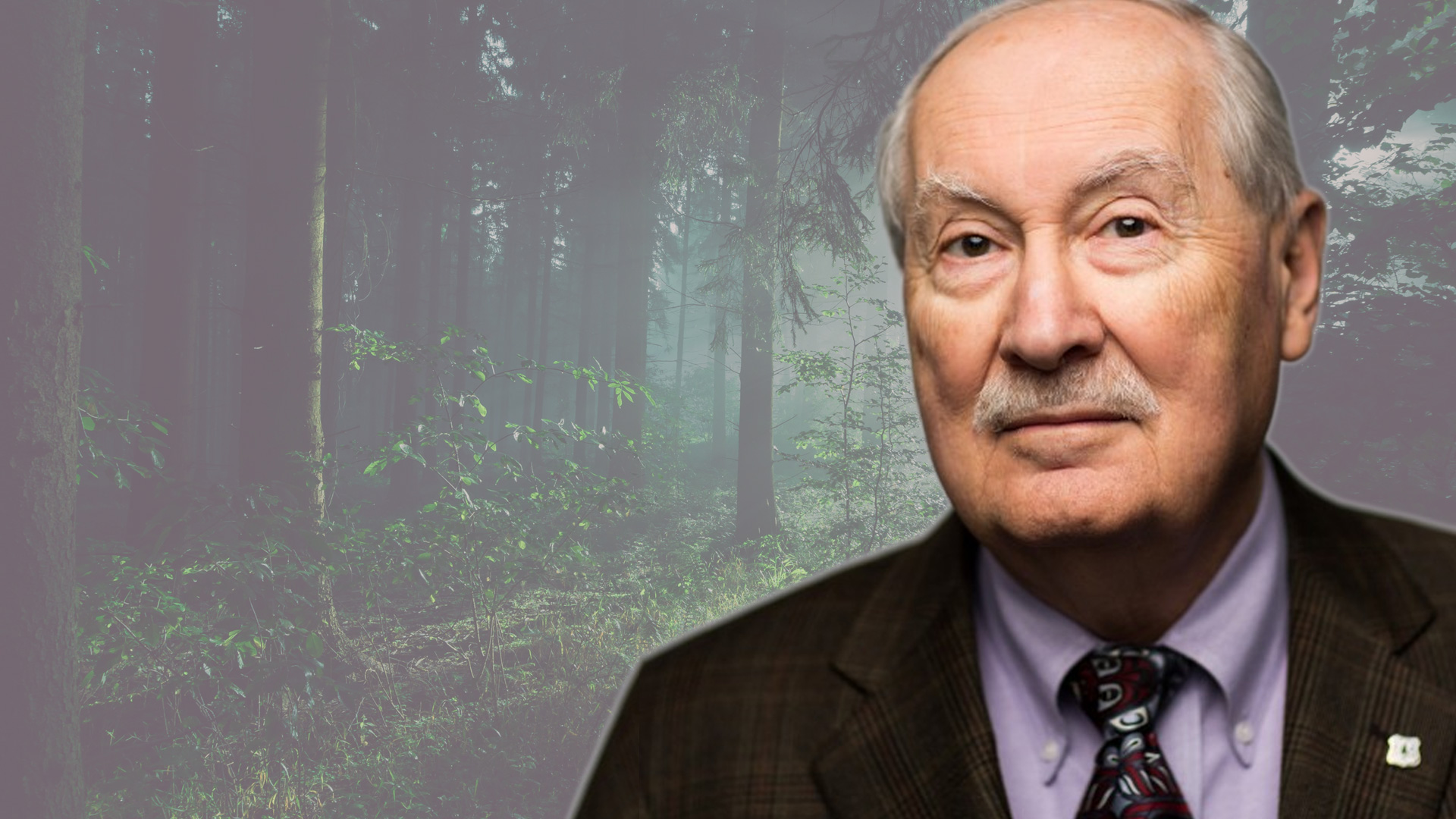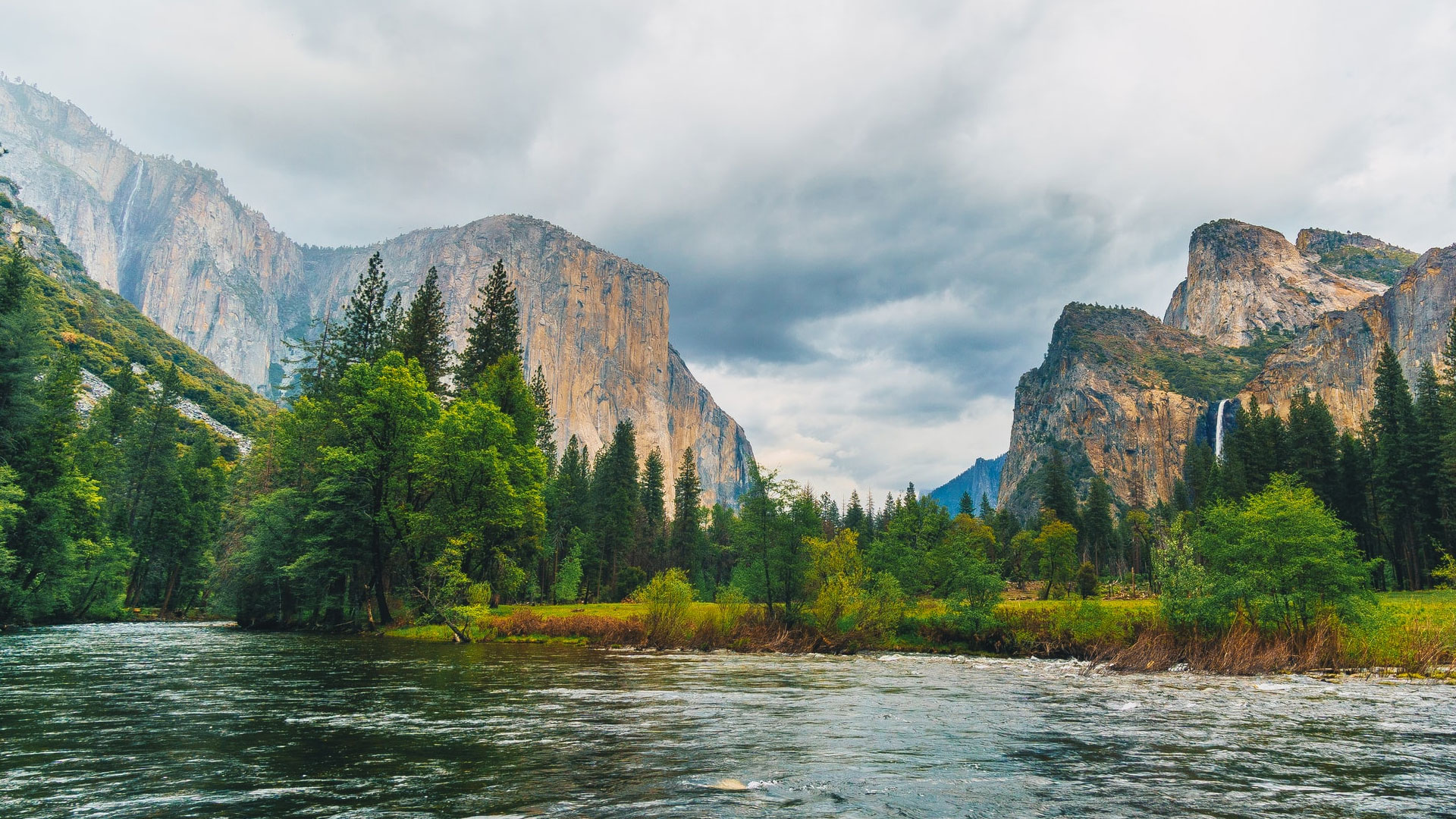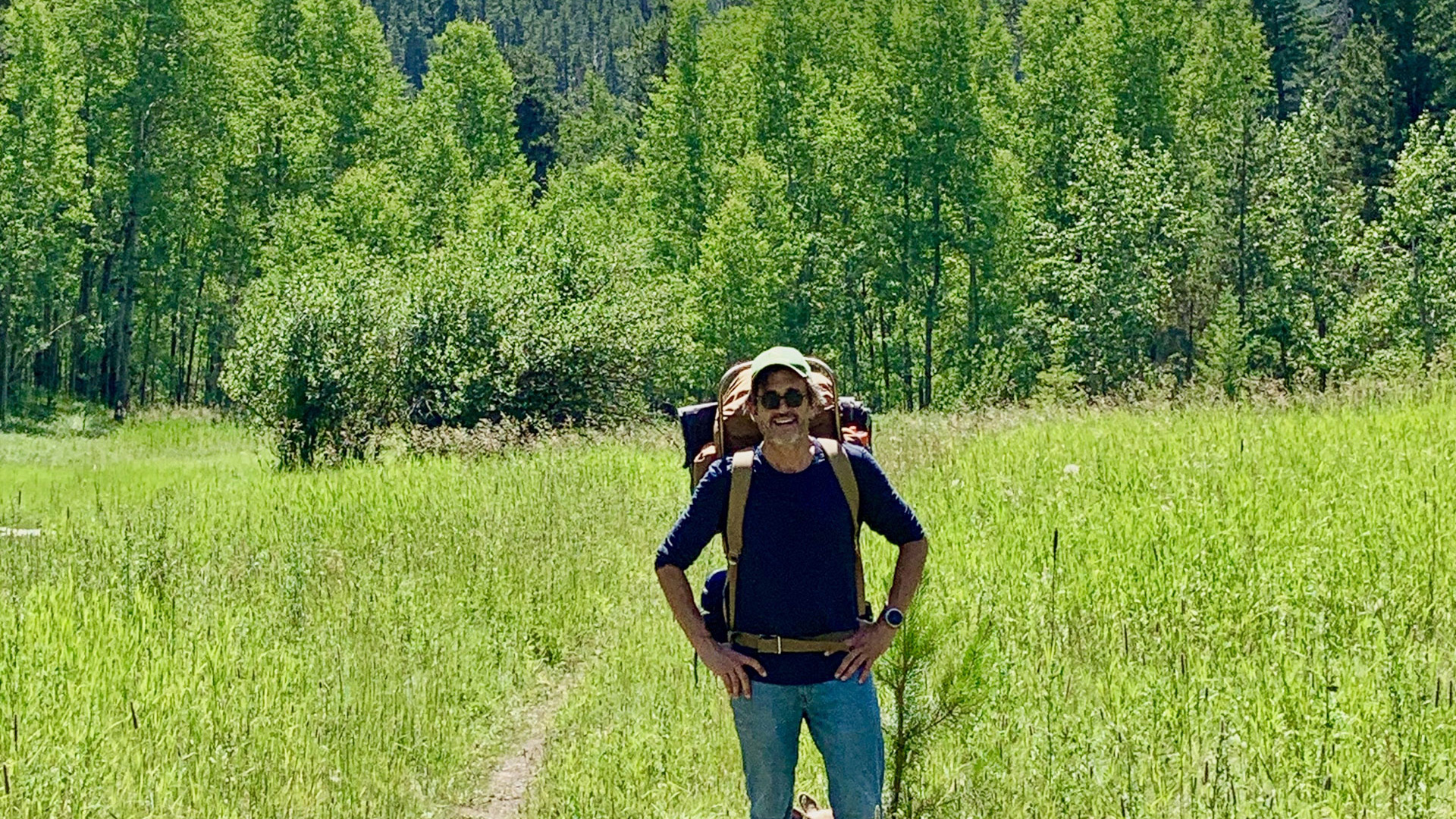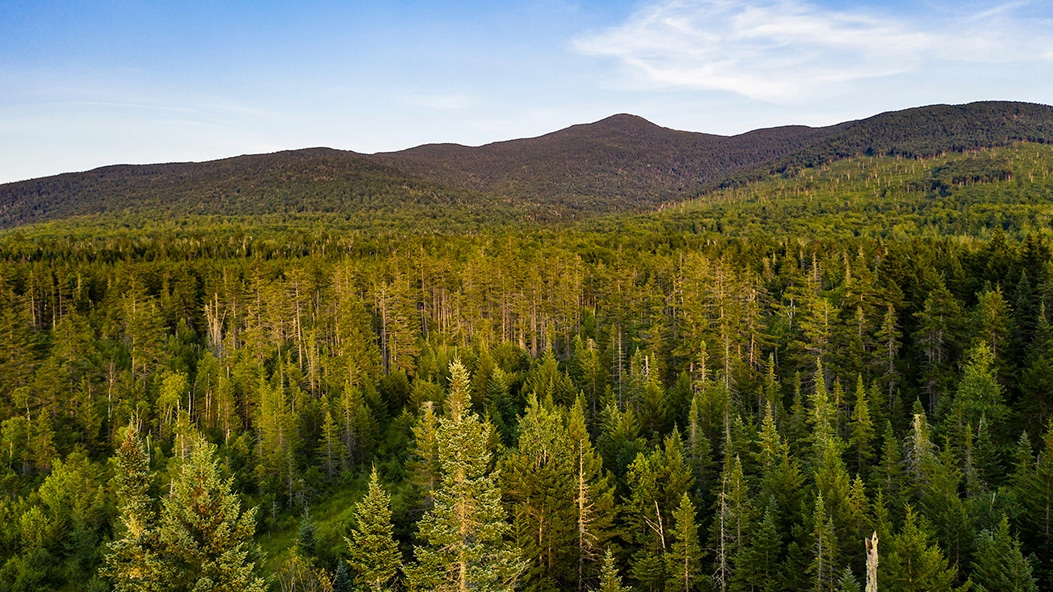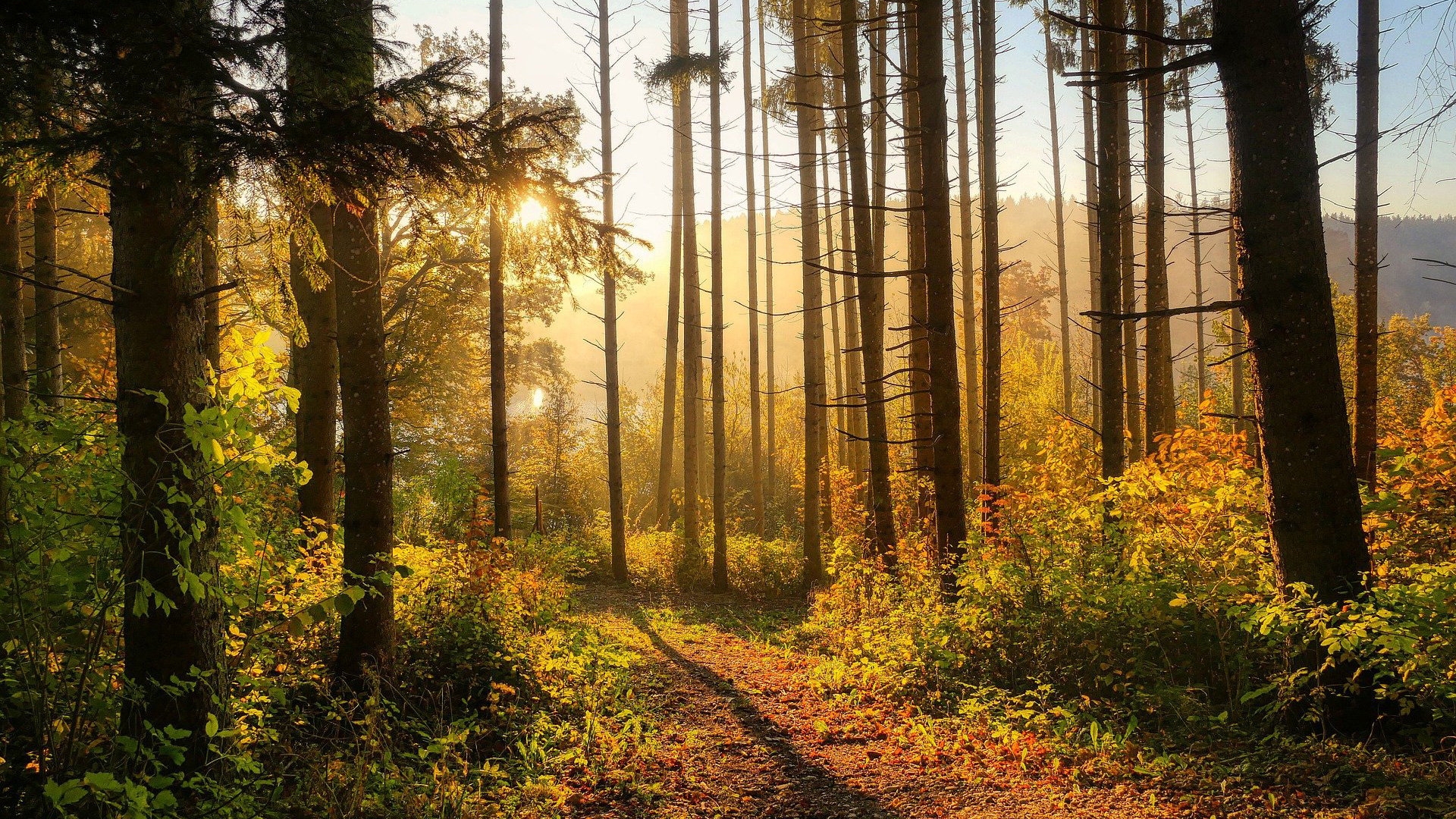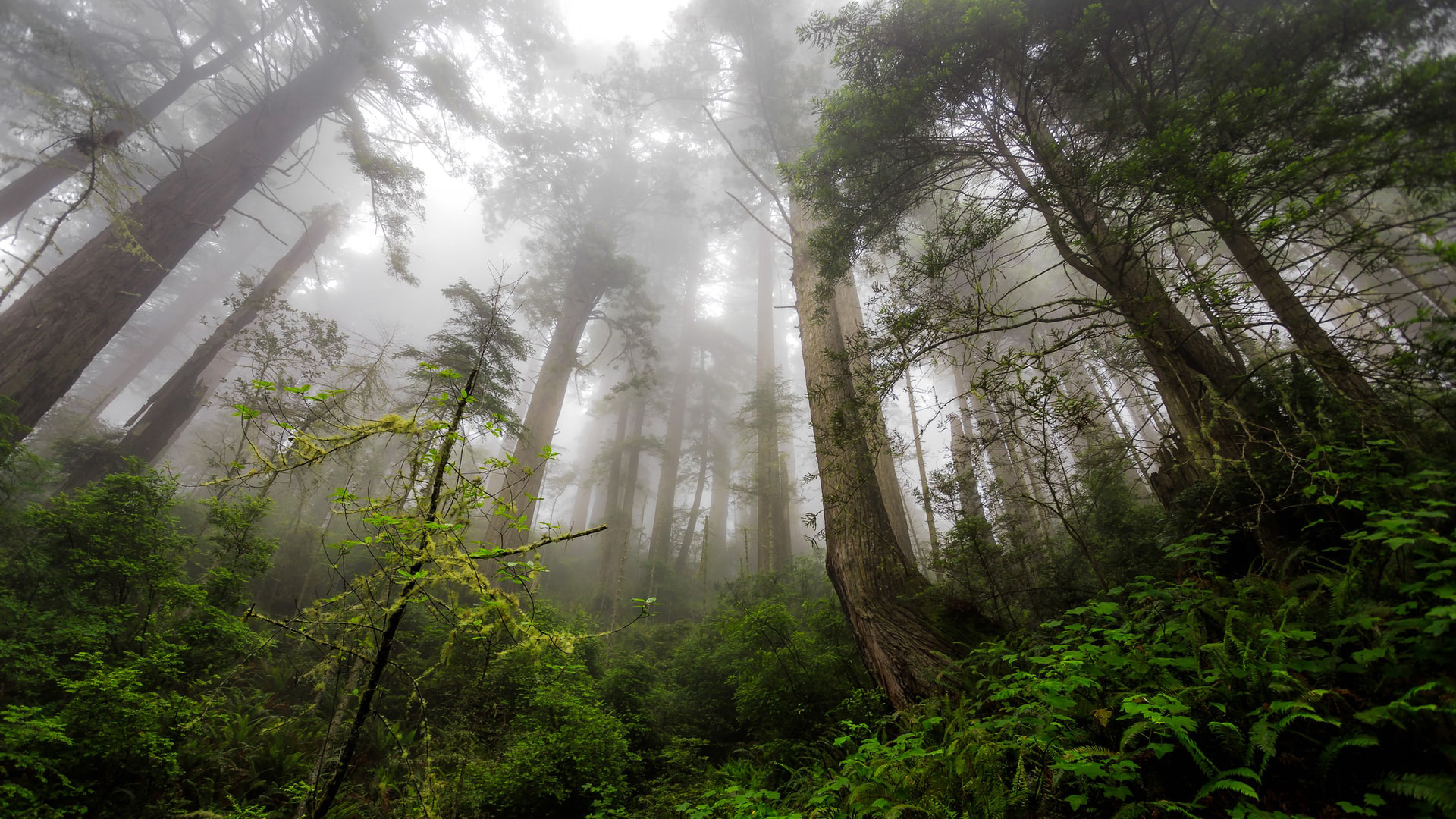U.S. Forests: Unsung Heros in Fighting Climate Change
Rainforests get most of the attention, but temperate and boreal forests can play an even bigger role in the places we call home.
Four leading experts tell us why:
Ann Bartuska
Jerry F. Franklin
Joan Maloof
Laurie Wayburn
U.S. Forests: Unsung Heros in Fighting Climate Change
Rainforests get most of the attention, but temperate and boreal forests can play an even bigger role in the places we call home.
Four leading experts tell us why:
Ann Bartuska
Jerry F. Franklin
Joan Maloof
Laurie Wayburn
Public Forests
Private Forests
“Despite advances in our understanding of productivity at the scales of leaves and stands, no consensus exists about the nature of productivity at the scale of the individual tree.”
Rate of tree carbon accumulation increases continuously with tree size
Nature.com
The Atmosphere
FLIP ME!CO2 & THE ATMOSPHERE
The concentration of carbon dioxide in Earth’s atmosphere is currently at nearly 418 parts per million (ppm)* and rising.
This represents a 47 percent increase since the beginning of the Industrial Age, when the concentration was near 280 ppm, and an 11 percent increase since 2000, when it was near 370 ppm.
According to the Arbor Day Foundation, in one year a mature tree will absorb more than 48 pounds of carbon dioxide from the atmosphere and release oxygen in exchange.
Carbon Accumulation
FLIP ME!TREES CONVERT CARBON
Older Trees and Stands Accumulate Carbon for Many Decades.
Forests globally are an essential natural climate solution that accumulate carbon and reduce annual increases in atmospheric CO2 by approximately 30%.
Tree-Based Carbon Storage
FLIP ME!Where’s the Carbon?
Carbon Storage in Longleaf Pine Ecosystems
“Older trees tended to store more carbon than younger trees,” says Butnor. “The increase was mainly due to the older trees’ larger trunks and branches.”
Soil Carbon Storage
FLIP ME!BELOW GROUND CARBON STORAGE
Tree roots contribute to below-ground carbon storage, especially soil organic matter which is considered to be the most stable surface reservoir for carbon.
By fixing carbon during photosynthesis and storing it as biomass, growing trees act as a sink for CO2. The storage of carbon by trees, including in roots that are below ground, is important for maintaining a stable climate.
Carbon Dynamics of an Old-growth Forest
Efforts are under way to evaluate the carbon storage capacity for a variety of terrestrial ecosystems in the United States [for example, see Canadell and others (2000) and Schimel and others (2000)]. The distribution and strengths of terrestrial carbon sources and sinks have gained increasing attention in recent years because of their relevance to changes in atmospheric carbon dioxide (CO2)concentrations (Pacala and others 2001; Wofsy 2001) and because this information has significant implications for national and international carbon cycle policy.
The AmeriFlux and FLUXNET2Net-works of carbon-flux measurement stations distributed throughout the globe were established as part of this effort (Kaiser 1998; Buchmann and Schulze 31999; Canadell and others 2000). Improving the accuracy of forest carbon-sequestration estimates will lessen the international controversy over carbon-accounting systems and carbon trading.
Finally, better process-level understanding may enable the use of these systems in an ‘‘early warning’’ capacity. Although flux networks provide a basis for quantifying the magnitude of fluxes, they do not explain the environmental controls over these processes. We still lack fundamental information on the carbon dynamics of various ecosystem types, especially for mature forests, due to the difficulty in making direct measurements.
Here we focus on measurements from an old-growth conifer forest to develop a baseline for understanding the consequences of human-induced landscape changes on carbon dynamics.The dynamics of carbon exchange and storage within old-growth forests remain poorly understood. Thus, it is important to document the functioning of mature forests, especially for carbon cycling, and interactions with the surrounding biosphere to understand the consequences of shifting age-class distributions to younger aged stands. Because of their enormous biomass, both above ground and belowground, old-growth systems play a significant role in regional/global carbon budgets and are simultaneously an important resource to the forest products industry. Although currently comprising (ED: as of writing 2004) only about 3.5 million acres(approximately 10%) of the forested landscape of the Pacific Northwest (USA) (compared with 32%–70% of historic coverage), they provide insights on the importance of structure and age on carbon balance, especially when compared to allocation processes in younger aged stands. Understanding the full range of carbon budgets is an important step to implementing carbon-management recommendations

